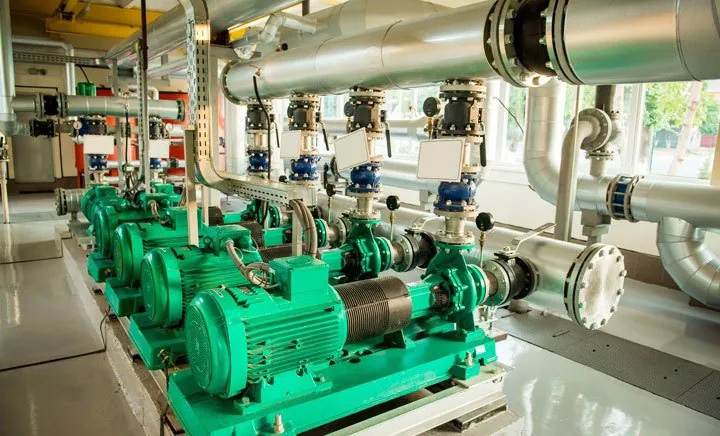Exploring Temperature Sensing Solutions Amid Electromagnetic Challenges

Understanding Thermocouples
Thermocouples are fantastic tools for measuring temperature, widely used due to their reliability and durability. They operate based on the Seebeck Effect, a phenomenon discovered by Thomas Johann Seebeck in 1821. When two different metals are joined at two points and there’s a temperature difference between them, it creates a small electric current. This current is proportional to the temperature difference and is what we measure to determine temperature.
Challenges in Electromagnetic Environments
However, thermocouples have their limitations, especially in environments with strong electromagnetic fields. In such places, thermocouples can experience various issues:
- Induced Voltage: The movement of thermocouple wires through changing magnetic fields can generate extra voltage, distorting temperature readings.
- Induction Heating: Alternating electromagnetic fields can induce heating in the thermocouple itself, leading to inaccuracies in temperature measurement.
- Common-Mode Voltage: In electrical systems, differences between earth ground and equipment ground can affect the voltage measured by the thermocouple.
Alternative Solutions
To address these challenges, alternative temperature measurement devices are recommended:
- Resistance Temperature Devices (RTDs): These devices, particularly Pt100-type RTDs, measure temperature by tracking the change in resistance of a platinum wire as temperature changes. RTDs offer high accuracy and are less susceptible to electromagnetic interference, making them suitable for environments where thermocouples struggle. However, they can be fragile and may not be ideal for all industrial settings.
- Infrared (IR) Sensors: IR sensors detect temperature by measuring the infrared radiation emitted by an object. They offer non-contact temperature measurements, allowing for measurements from a distance. While IR sensors are generally less affected by electromagnetic fields, they require careful consideration of factors like emissivity and surface differences. Despite this, they are often preferred for their versatility and ease of use in industrial environments.



